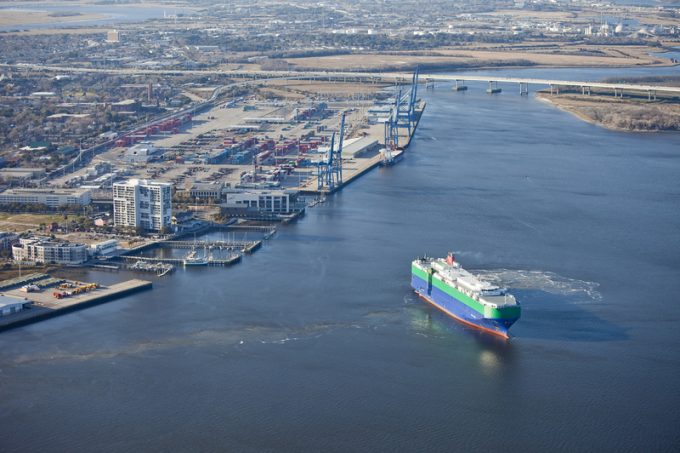BlackRock-MSC-Hutchison: 'Terminal Risk'
Marc Levinson writes on his website: Back in 2006, when he was considering a second run ...

US importers must be feeling like they’re stuck in a game of ’whack-a-mole’.
In response to congestion and concerns over likely further disruption at west coast gateways, many shifted some imports from Asia to the east coast – only to find congestion there getting worse than on the Pacific coast.
Last Wednesday, maritime analytics firm MarineTraffic counted 18 containerships waiting for berth space at the port of Charleston, and another 12 lining up at Norfolk.
There were more ships idling at Charleston than ...
Transpacific sees first major MSC blanks as rates fall and volumes falter
'It’s healthy competition' Maersk tells forwarders bidding for same business
Opposition builds for final hearing on US plan to tax Chinese box ship calls
White House confirms automotive tariffs – 'a disaster for the industry'
New price hikes may slow ocean spot rate slide – but for how long?
Supply chain delays expected after earthquake hits Myanmar
Shippers snap up airfreight capacity to US ahead of tariff deadline
Tighter EU import requirements proving 'a challenge' for forwarders

Comment on this article